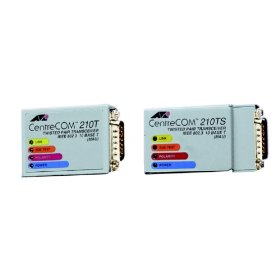I picked this beast up for cheap... no real use for it, but I'll eventually get it going as an end table in my basement!
BTW, does anyone know, of a media converter for the front that will actually let the door be closed?
100 MB ethernet seems crazy expensive for this box??
BTW, does anyone know, of a media converter for the front that will actually let the door be closed?
Code: Select all
IRIS 56# hinv
Processor 0: 100 MHZ IP19
CPU: MIPS R4400 Processor Chip Revision: 5.0
FPU: MIPS R4000 Floating Point Coprocessor Revision: 0.0
Processor 1: 100 MHZ IP19
CPU: MIPS R4400 Processor Chip Revision: 4.0
FPU: MIPS R4000 Floating Point Coprocessor Revision: 0.0
Main memory size: 256 Mbytes, 2-way interleaved
Instruction cache size: 16 Kbytes
Data cache size: 16 Kbytes
Secondary unified instruction/data cache size: 1 Mbyte
Integral SCSI controller 0: Version WD33C95A, single ended, revision 0
Integral SCSI controller 1: Version WD33C95A, differential, revision 0
Disk drive: unit 1 on SCSI controller 1
Disk drive: unit 2 on SCSI controller 1
Disk drive: unit 3 on SCSI controller 1
Disk drive: unit 5 on SCSI controller 1
Disk drive: unit 6 on SCSI controller 1
Integral SCSI controller 2: Version WD33C95A, single ended, revision 0
Integral SCSI controller 3: Version WD33C95A, differential, revision 0
Integral SCSI controller 4: Version WD33C95A, differential, revision 0
Integral EPC serial ports: 4
Integral EPC parallel port: Ebus slot 5
Integral Ethernet controller: et0, Ebus slot 5
I/O board, Ebus slot 5: IO4 revision 1
VME bus: adapter 21
VME bus: adapter 0 mapped to adapter 21
EPC external interrupts
IRIS 57# who
100 MB ethernet seems crazy expensive for this box??









